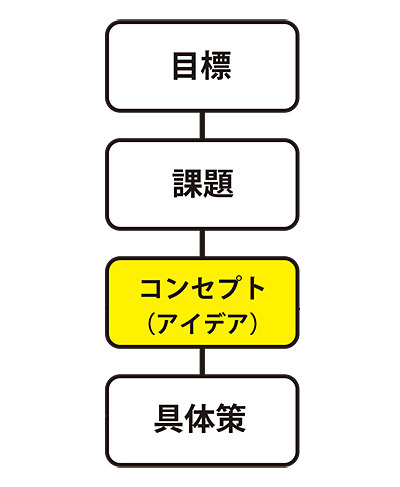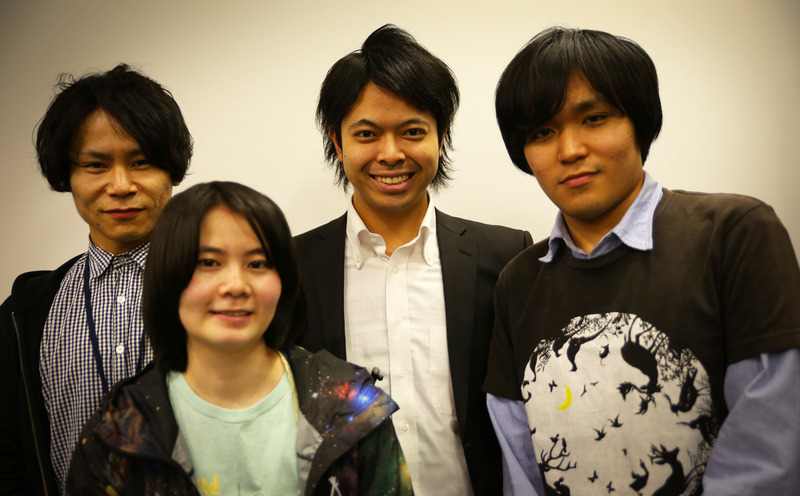"Circular Thinking," which has Waras's Four-Stage Theory as its mother ( link to Part 30 ) and Professor Ikujiro Nonaka's SECI as its father ( link to Part 31 ), has a kind of older brother figure. That is "Design Thinking."
 |
Design Thinking Changes the World
|
According to 'The Design Thinking Company!' by Tom Kelley and others from the globally renowned design firm IDEO, it follows five fundamental steps.
1.1. Understand: Grasp the known constraints regarding the market, client, technology, and problem. (Excerpt)
2. Observe: Watch real people in real situations to discover why they act as they do. (Excerpt)
3.Visualize: Sketch out a completely new concept and the customers using it in a visible form. (Omitted)
4. Evaluate and Refine: Create multiple prototypes quickly, repeatedly evaluate them, and refine them. We try not to get too attached to early prototypes because we know they will change. (Omitted)
5. Realize: Make the new concept a reality to bring it to market.
Design thinking is a methodology that places "people" at the center of the narrative. Designer Kenya Hara describes design as "listening to the cries of distress." He states, "The world pushes forward relentlessly, driven by technology and economics, and the aesthetic sensibilities within our lives constantly struggle to keep pace with this rapid change, crying out in distress." The "Observation" phase in Design Thinking embodies precisely this act of "listening closely to the cries." It's a call to think like a designer, even if you aren't one.
Another defining feature is " Rapid Prototyping" in "4. Evaluation and Refinement." The true essence of design thinking lies not in building logical arguments to develop concrete solutions, but in engaging in "hands-on thinking" while creating those solutions.
 |
Goal → Problem → Idea → Concrete Solution: Four Frames
|
The most significant commonality between circular thinking and design thinking is that both are forms of "physical thinking." Both methodologies aim to utilize not just reason but also intuitive senses like gut feelings and experience, sharing the same essence. However, two major differences emerge.
Circular Thinking, originating from the SECI knowledge creation model for organizations, always requires a "goal" to develop ideas. In a corporate context, this is akin to a vision or philosophy. Since ideas are merely means to solve problems and achieve goals, the "goal" must always be kept in mind when creating ideas. In Design Thinking, while something like a "corporate vision" is identified as a constraint in the "1. Understanding" phase, it doesn't seem to play a more proactive role beyond that.
Another difference lies in the role of "language." Professor Hirotaka Takeuchi, co-author of The Knowledge-Creating Company, respectfully referred to Professor Nakaoka as "Concept Uncle." This was because he constantly emphasized, "Above all else, the concept is what matters most!" Circular thinking, which inherits SECI as its father, also carries on this family tradition, exhibiting a tendency to "want to grasp any new perspective by putting it into words!"
Perhaps because its methodology is rooted in advertising creation, it even employs rapid prototyping using the power of "vivid language" akin to copywriting.
While I don't fully grasp all aspects myself, from what I've seen and heard, design thinking seems to rely far less on "words" compared to this approach.
 |
Metameta-kai members. Mr. Kagami (center) won the Grand Prize at this year's Yomiuri Advertising Awards. Cool!
|
My junior, Taro Kagami, is leaving Dentsu Inc. to study architecture again at a graduate school in the US. He says he wants to work not at a conventional design firm, but at a design thinking consulting firm in the future.
At his farewell party, perhaps inspired by Kagami-kun, the younger members' discussions were more passionate than ever. "Can't you learn design thinking approaches even at an ad agency?" "True, but to see things from a higher level, I want to master clear techniques and methodologies like architecture again." "For example, people who can program themselves can plan within a larger context, right?" "Only by thinking meta can you do lateral thinking with matured techniques." "Meta!" "Meta!" And so on. Fueled by alcohol, we exchanged some pretty idealistic opinions late into the night.
Our paths may diverge a bit from here, but what we both want to do is listen closely to the cries of distress and solve them with "Oh, that's the way to do it!" ideas. Kagami-kun, let's work together again someday!
And with that, our family introductions come to an end. Next time, I think I'll share another case study starting with delicious regional foods.
Enjoy!





